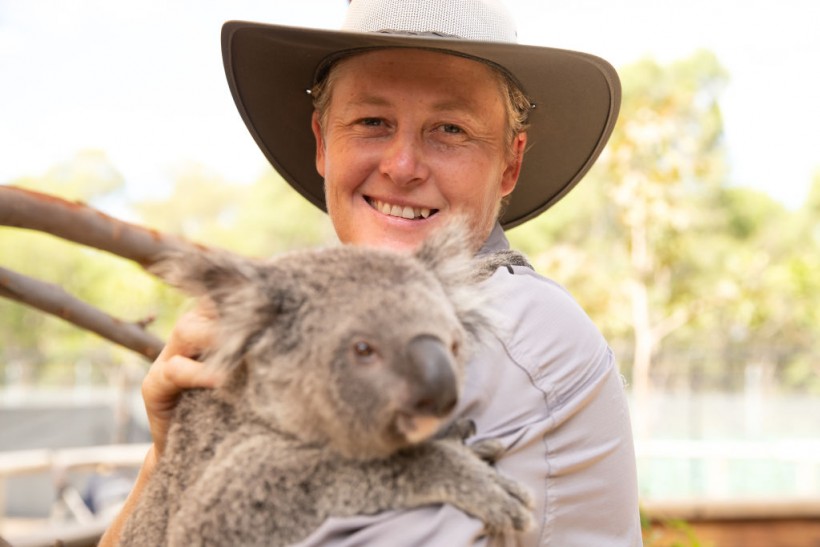Researchers recently discovered that a certain epidemic that plagues endangered koalas is associated with a common virus that likely suppresses the animal's immune system.
As specified in a report from The University Of Queensland Australian Institute for Bioengineering and Nanotechnology, one of the leading COVID-19 vaccine researchers of UQ, Associate Professor Keith Chappell, had found that the chlamydia epidemic that's plaguing endangered koala populations in Queensland and NSW is linked with the said common virus.
Researchers from AIBN & @UQ_SCMB have found a double whammy health threat plaguing #koalas🐨
— AIBN Research (@AIBNatUQ) May 24, 2022
A retrovirus is leaving them vulnerable to chlamydia, cystitis & other health conditions. The discovery could lead to better protective measures. #SaveTheKoalahttps://t.co/d3MxDGcVol
He and Dr. Michaela Blyton from UQ's Australian Institute for Bioengineering and Nanotechnology and School of Chemistry and Molecular Biosciences made such a discovery after investigating over 150 koalas admitted to Currumbin Wildlife Hospital.
The vaccine researcher said this research could have far-reaching effects and better protective measures such as breeding programs and new anti-viral drugs.
ALSO READ: Freezing Koala Sperm: How Can This Strategy Help Save the Endangered Species?

Zookeeper Tara Gunter pats a koala in the enclosure at Sydney Zoo on February 24, 2020, in Sydney, Australia. Sydney Zoo, located at Bungarribee Park in Western Sydney, is the first new zoo to be built in Sydney in more than 100 years.
A 'Double Whammy'
Explaining their study published in PLOS Pathogens, Dr. Chappell said their study has found that "the amount of retrovirus circulating within the blood of the animals was strongly linked to the chlamydia and symptoms such as cystitis and conjunctivitis, and overall poor health.
He added that it is a double whammy for the "already-endangered" species. There is no question that chlamydia and retrovirus are connected, elaborated the researcher, and they believe the retrovirus is stopping the immune system of the koalas, making them more susceptible to disease.
It was deemed previously that a specific subtype of koala retrovirus may be more capable of causing diseases, although this study has found that all subtype increases disease and has further underscored the urgent need to halt the virus that circulates within koala populations.
According to Dr. Blyton, while these findings underscored another threat endangered koalas are facing, it could lead to new ways of treating populations, not to mention reducing the danger of extinction.
Blyton also said it is deeply disturbing that koalas are experiencing environmental pressures simultaneously as biological threats from diseases and a retrovirus.
Koala Retroviruses
The Australian Museum describes Koala retrovirus or KoRV as a "virus widespread in koalas." It is also closely associated with the Human T cell leukemia virus or HTLV and retroviruses infecting other animals, including cats, mice, and gibbon apes.
Essentiallyretroviruses are known to cause tumors and, or immunodeficiency, so, naturally, scientists are investing whether or not this may be the case for the said animal species, an iconic and unusual Australian animal.
KoRV is known to incorporate itself into the genome of the Kowala, which can be passed from parents to offspring through their DNA, where the retrovirus can directly insert into the egg or sperm's DNA.
Additionally, KoRV is also suspected of spreading from animal to animal, akin to HIV-1 viral transmissions in humans, adding complication and urgency to scientists' understanding of this virus and how it is affecting koalas.
A report about the koala health threat is shown on AIBN Research's YouTube video below:
RELATED ARTICLE: Australia to Use Drones for a Major Koala Count
Check out more news and information on Medicine & Health and Animals in Science Times.














